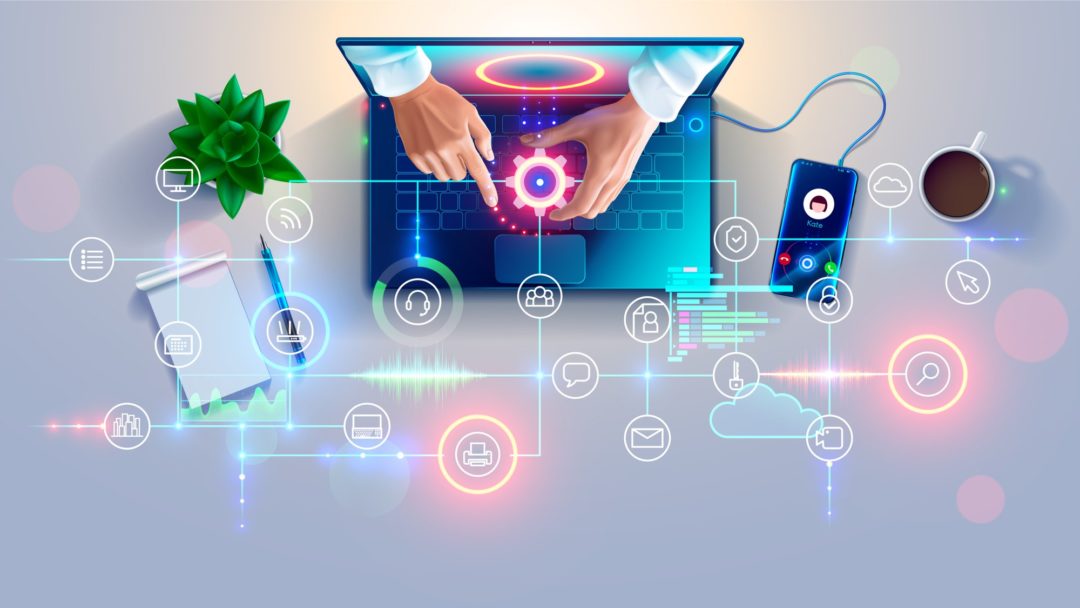In April 2021, HCL Commerce (formerly known as WebSphere Commerce) V7 Extended Support will be coming to an end. What does the end of support mean to you? How will it affect your website? Are you still struggling to decide the best direction for your company?
It is difficult to manage when migrations are required to keep your applications running, especially when there are no clear business advantages or features. Budget is already tight and the current business climate is beyond anything we have seen due to the pandemic. It’s hard to make an objective decision to stay or to go.
What Does the End of V7 Extended Support Mean?
It means that if the website encounters an error due to the underlying software, there will be no fix available. Your website will be non-functional.
As a Java application, HCL Commerce runs on top of a number of technologies. These components happened to be at the end of support such as WebSphere Application Server V7, V8 and DB2 10. So HCL has no choice but to end support for V7, as well.
What Are Your Choices?
Your choices depend largely on your budget.
Your budget reflects how well your company weathered the devastating 2020. Are you negatively affected due to the pandemic? Or are you the few lucky ones who managed to pivot your business and do well? In either case, you need to respond to the challenges, recover, and renew in order to grow again in the new normal.
1. Survival Mode: V8 Migration
If you are in survival mode, then the answer is simple. You need to stabilize your company financially, leverage as much as possible from the existing technology, and position yourself for the economy to open up. The best option in this scenario is a V8 migration as it requires the least amount of time and effort.
First, you will need to upgrade the underlying WAS and DB2. Then, there are prescriptive migration scripts provided by HCL that you can leverage to upgrade the application and associated scheduled jobs. And lastly, you will need to conduct a regression test to the website.
Our customers reported a 25% gain in performance with the upgraded WAS. Also, the software is exactly the same as V7 so there is no new architecture to worry about.
2. Growth Mode: V9 Migration
If you are in growth mode and have a bigger budget, then you can either migrate to V9 or even another platform. A migration to V9 will cost you a bit more in terms of effort and infrastructure but it is well worth it. Why? There are a lot of technical advantages namely, better architecture, integration, and search functionality.
HCL Commerce has been completely re-architected to be a cloud-native application. It is designed to run off-premise, self-heal, and self-scale so you can focus on running your business. It is containerized such that the software can be updated anytime by HCL without affecting your application code. These updates are small in nature, released on a monthly basis which you can opt-in to apply them under your control. You will not have to go through another large migration project.
The cloud-based solution has a much better integration architecture as all of its capabilities are available through Restless APIs. As such, applications can be quickly put together by leveraging this technology. Customers can build headless storefronts and native mobile apps with ease.
HCL Commerce also replaced Solr with a better search engine: Elastic Search. It provides very effective delta indexing to alleviate the pain of indexing the entire database and no-outage updates for your continuous operations.
A migration to a different platform will cost you a lot more and it’s a separate discussion.
Application Comparisons
Consider the following charts that illustrate the difference between V8 and V9:

In Chart 1, you can see that V8 is relatively simpler in nature than a V9 migration with the same infrastructure and application architecture. Not much has changed while V9 is cloud-native, has a micro-services architecture, and provides Elastic Search.

Figure 1 illustrates how maintenance costs could decrease over time with the different HCL Commerce versions. The reason behind this achievement is the automated deployment to the commerce application with full CI/CD. You will have the ability to deploy your application as fast and as often as the business requires to be competitive.

Figure 2 is an illustration of the effort versus the duration of the migration project.
What We Have Seen
We have worked with customers who made a decision to migrate to V8. Their primary motivation is to minimize the migration expenses within a short-term strategy. As illustrated in Chart 1, the infrastructure of V8 is very close to V7. The strategy is to be compliant for the next 5 years with technical support provided by HCL Commerce.
Customers on V8 have reported a 20% performance gain due to the WAS 8.5 upgrade. Another enterprise customer has opted for a UI makeover for a better customer experience.
Some have chosen to stay on the platform for a 10-year window. With this strategic decision, they have elected to migrate to V9 and embraced the cloud-native platform. They have adopted the microservices architecture and created a headless storefront in ReactJS. The end result is a fast-loading website that is fully responsive to better serve their customers.
In closing, when deciding whether to migrate to the next version of HCL Commerce, you will need to assess the current situation of your company and plan for the next few years. The global economic climate is very fluid and subject to change. You may want to seek stability first before you chart a new direction for your renewal strategy.
Get in touch with us if you would like to have a conversation on any of the topics above




